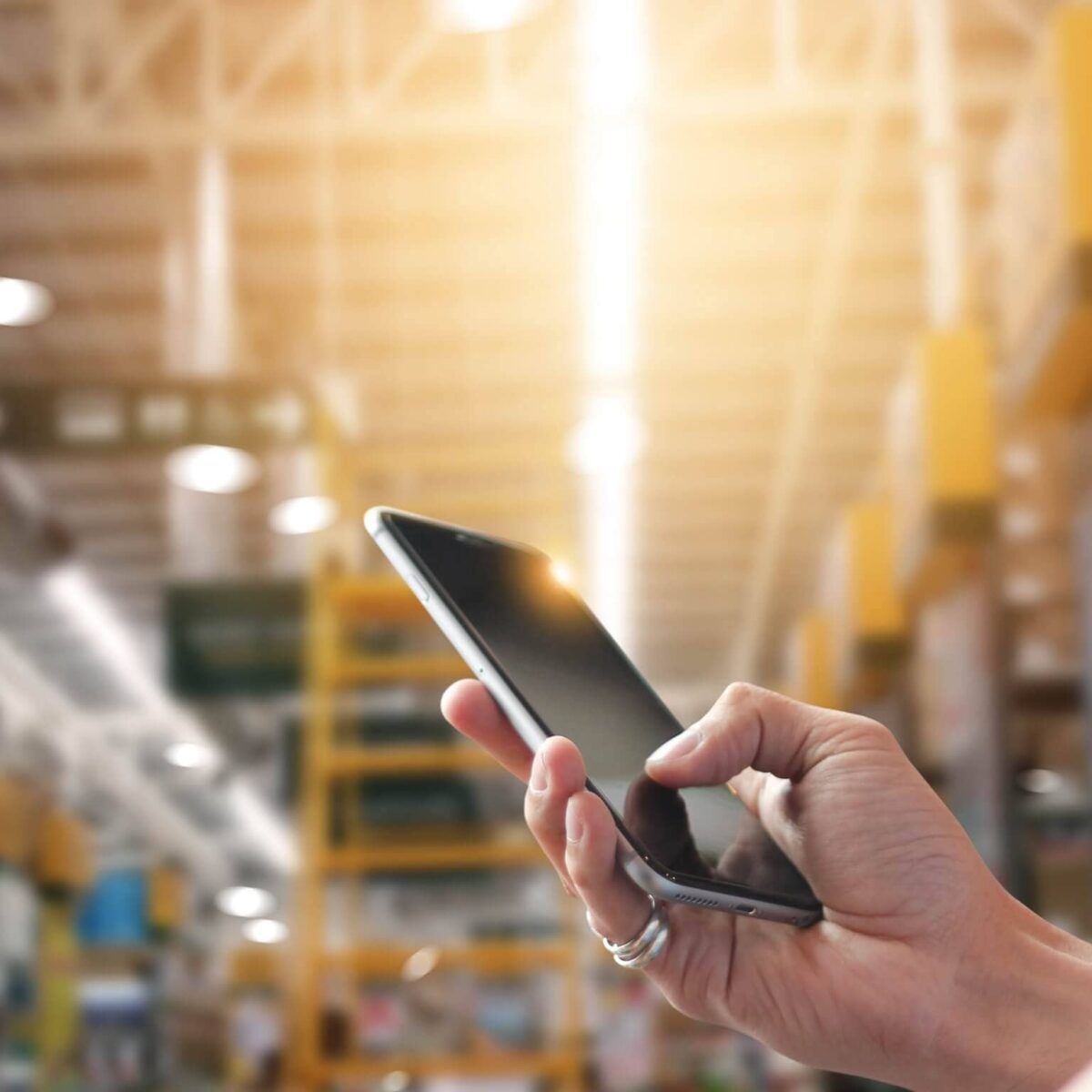In the Swiss economic environment, where clarity and rigor are as crucial as the quality of the offering, structuring your prices goes beyond simple display and becomes a targeted psychological strategy.
By combining proven techniques (charm pricing, anchoring effect, tiered pricing, value-based pricing, decoy pricing) with a presentation compliant with multilingual and regulatory expectations (Unfair Competition Act (UCA)/Price Information Ordinance (PIO)), companies can turn price perception into a conversion lever. This article details how to adapt these methods to the Swiss context – B2B, e-commerce, services, and luxury sectors – to maximize trust, reinforce a premium image, and increase subscription or purchase rates.
Fundamentals of Psychological Pricing Adapted to the Swiss Market
A transparent pricing structure compliant with UCA/PIO regulations is a mark of reliability and trust in the Swiss market. Accounting for local formats (CHF, separators, fr-CH and en-CH notation) facilitates comparison and reduces purchase friction.
Swiss Sensitivity to Pricing Clarity
In Switzerland, buyers pay close attention to the visual and linguistic consistency of prices. Vague wording or misalignment between language versions can cast doubt on the offer’s reliability.
Business and finance managers demand perfect symmetry between amounts, currencies, and terms of application. Any ambiguity can disrupt the purchase journey or lead to prolonged clarification requests.
Beyond compliance, immediate readability of a price reinforces the sense of transparency and fairness, two values deeply rooted in Swiss corporate culture.
Regulatory Framework and Transparency under the UCA/PIO
The Unfair Competition Act (UCA) and the Price Information Ordinance (PIO) require transparency on the final price in Switzerland. Any additional fees must be clearly disclosed.
This legal requirement impacts customer trust: compliant listing demonstrates rule adherence and limits the risk of penalties or disputes, while reassuring B2B partners.
Meeting these obligations, combined with a psychologically optimized presentation, becomes a competitive advantage in a market where pricing ethics are closely examined.
Digital Formats and Local Notation
Notation conventions differ between fr-CH (1’234.56 CHF) and en-CH (CHF 1 234.56). Adapting to them prevents clients from misreading an amount or misjudging a price difference.
Graphic uniformity between language versions prevents confusion during international campaigns or bilingual web pages. Integrated currency tools should offer an automatic, consistent switch.
In practice, formatting in line with local habits reduces comprehension time and increases purchase propensity.
Example: A professional services SME redesigned its pricing interface by clearly separating net and gross prices, adopting fr-CH notation, and providing a bilingual display. Result: the platform saw an 18 % increase in quote requests, demonstrating that clarity and compliance strengthen trust.
Charm Pricing and Psychological Anchoring
The choice of “.95” or “.90” endings and the introduction of premium options trigger powerful mental cues. The anchoring effect helps highlight a main product by comparing it to a more expensive alternative.
Charm Pricing Adapted to CHF
The classic .99 or .95 has proven effective: listing a price at CHF 199.95 instead of CHF 200 creates a sense of a bargain, however slight, due to perception of the leading digit.
In the Swiss market, where prices are often high, this small psychological tweak maintains a premium image while suggesting a subtle discount.
It remains essential not to overload the user with too many decimals and to maintain visual harmony that upholds the expected sobriety.
Implementing Anchoring with Comparative Offers
Offering a “Premium” option at CHF 350 alongside a standard version at CHF 250 creates an anchor point. The mid-tier price then appears more reasonable and drives more purchases.
In a B2B or SaaS context, anchoring facilitates upselling. The goal is to balance each package so that the reference offer stands out as the most relevant.
This mechanism isn’t limited to price: it also includes presenting the benefits associated with each tier, reinforcing the justification for the price differential.
Tiered Pricing to Optimize Upselling
Structuring multiple levels (Basic, Pro, Enterprise) with clear functionality differences gradually guides the buyer toward the level best suited to their needs and budget.
In Switzerland, distinctions between tiers must be simple and justified: each price jump should correspond to clear added value.
It also allows you to capture a broader customer base while steering them toward the option with the best value for money.
Example: An e-commerce player implemented charm pricing at CHF 49.95, CHF 79.95, and CHF 119.95. By inserting a mid-tier that became the top seller, it increased its average basket size by 12 %, demonstrating the effectiveness of anchoring and tiered pricing.
{CTA_BANNER_BLOG_POST}
Decoy Pricing and Value-Based Pricing
Decoy pricing introduces an unattractive option to make the reference offer more appealing, while value-based pricing sets the price according to perceived value. These levers strengthen conversion in a demanding market.
Decoy Pricing to Guide Choice
Adding a third, high-cost option with few benefits pushes choice toward the middle option. The buyer then perceives the reference offer as a balanced compromise.
The decoy’s role is psychological: it doesn’t generate direct sales but influences the perceived positioning of the offers and guides preference.
Implementing it requires clear differentiation of features and a simple comparison grid.
Value-Based Approach: Aligning Price with Benefits
Value-based pricing involves assessing what your solution delivers in productivity gains, cost savings, or indirect benefits, and then deriving a coherent price from that.
In the Swiss market, characterized by a strong demand for ROI and aversion to overpricing, this method justifies a premium price without harming perceptions of fairness.
The pricing narrative then focuses on concrete returns for the customer rather than direct comparison with competitors.
Impact on Conversion in Swiss B2B and SaaS
In the B2B sector, a value-based pitch makes justification easier in executive committees. Decision-makers more readily embrace a price that reflects cost reduction or revenue increase.
For SaaS solutions, integrating optional modules valued individually allows you to segment the offer and let each client build their ideal package.
This approach combines flexibility and personalization, leading to higher subscription rates and better retention.
Example: A fintech introduced a “Decoy” plan priced 30 % above the Enterprise plan. By highlighting the main option through perceived value, it reduced checkout abandonments by 25 %.
Bilingual Presentation and Optimized UX
A perfectly synchronized display between fr-CH and en-CH, coupled with a clear visual hierarchy, reassures users about their language context and prevents misunderstandings. UX design optimizes the purchase journey.
Hierarchical Structuring of Pricing Content in fr-CH and en-CH
Prices, package titles, and feature descriptions must align word-for-word between the two languages. Any graphic or semantic shift disrupts comprehension.
Priority is given to amounts and offer names; details can follow in accordions so as not to overload the page.
The language switch must be permanent and accessible without a full reload, ensuring a smooth experience.
UX Design and Visual Hierarchy for Readability
Using high-contrast typography, clean comparison tables, and color cues (gold, blue, grey) guides the eye to the recommended offer without distraction.
Calls-to-action should remain visible at all times and explicitly indicate the currency (CHF) to avoid any perception errors.
Highlighting limited-time discounts or exclusive perks (free trial, dedicated support) should use discreet, consistent badges.
A/B Testing and Continuous Optimization
To identify the most effective levers, it’s essential to conduct targeted experiments: price variants, grid or list presentation, button colors, labels.
A/B tests should be segmented by language markets and visitor profiles (B2B vs. consumer, large enterprise vs. SME) to finely tune each parameter.
Weekly analysis of KPIs (click-through rate, conversion rate, cart abandonment) allows validating hypotheses and iterating quickly.
Elevate Your Pricing Strategy to Boost Conversion
Incorporating proven psychological mechanisms (charm pricing, anchoring, tiers, decoy, value-based) within a framework compliant with Swiss requirements (UCA/PIO, fr-CH/en-CH formats, clarity) transforms each pricing page into a powerful conversion lever. The hybrid approach, combining open-source and modular development, ensures flexibility and scalability while avoiding vendor lock-in.
Whatever your sector — B2B, e-commerce, services, or luxury — our experts are ready to help align your pricing with your business objectives, strengthen prospect trust, and maximize your commercial performance.

















